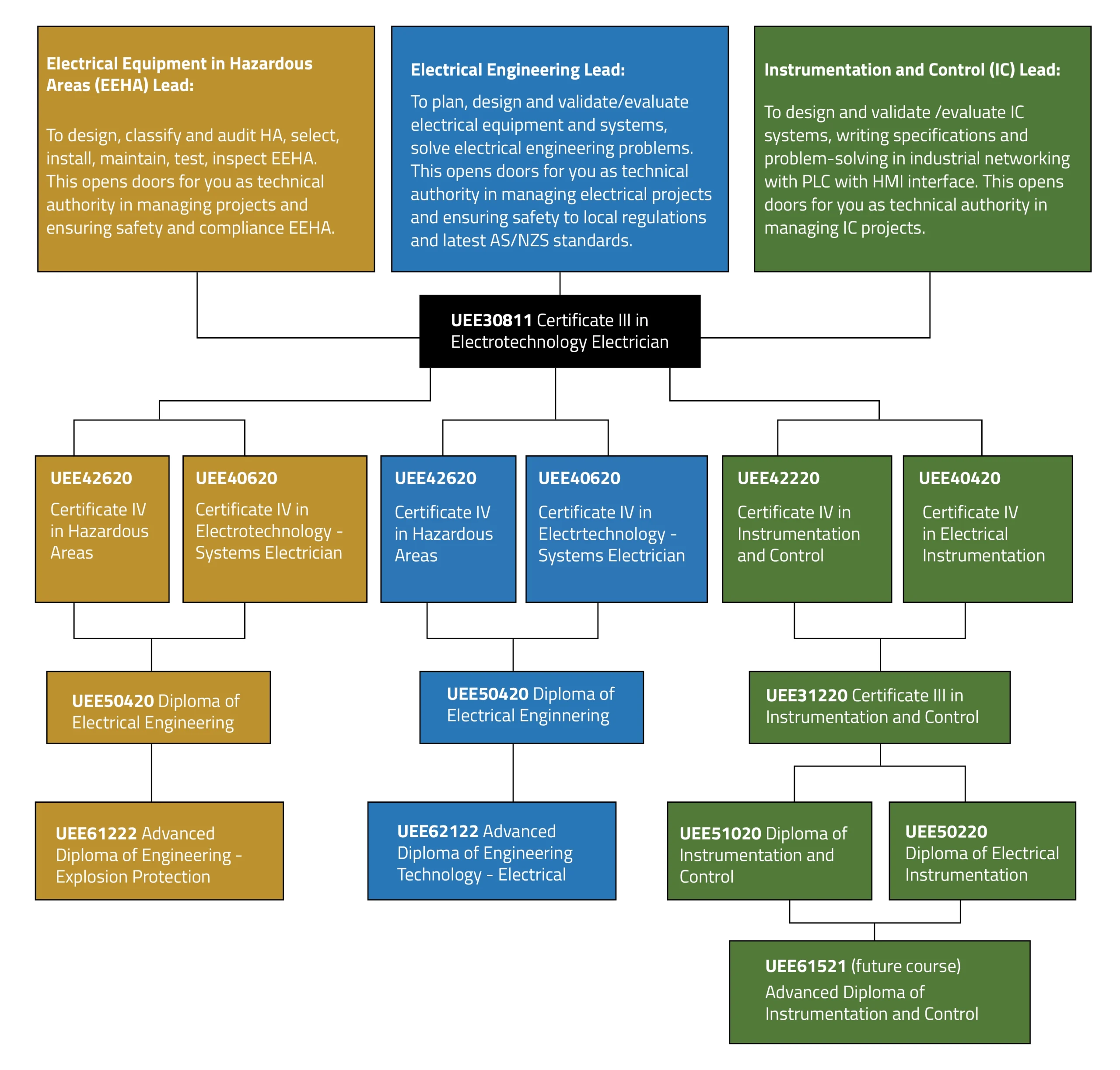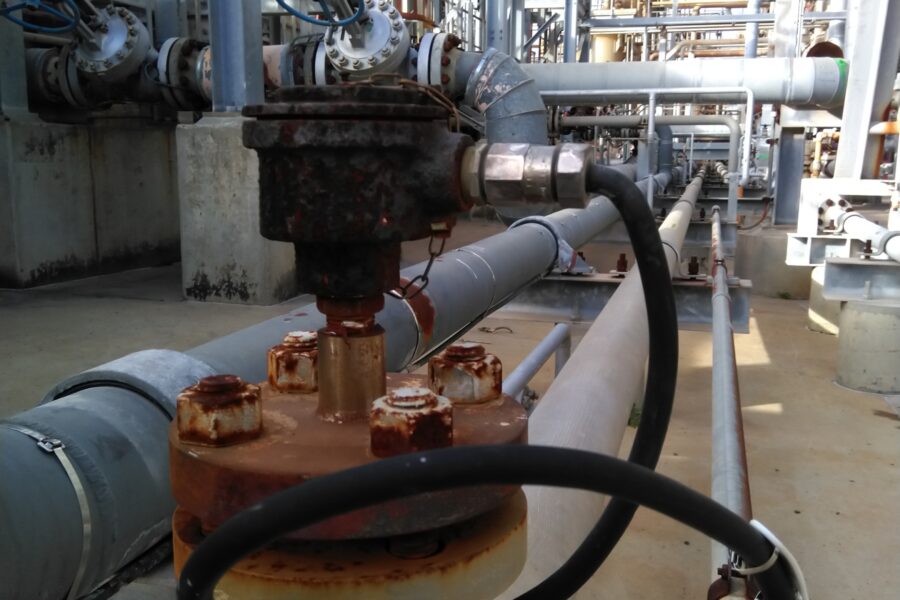The 6-Minute Rule for Roar Solutions
Wiki Article
A Biased View of Roar Solutions
Table of ContentsRoar Solutions Can Be Fun For AnyoneThe Buzz on Roar SolutionsThe smart Trick of Roar Solutions That Nobody is Discussing
In order to shield installments from a potential surge an approach of analysing and classifying a potentially harmful area is required. The objective of this is to ensure the right option and setup of equipment to inevitably stop an explosion and to guarantee safety of life.
(https://www.indiegogo.com/individuals/38463782)
No tools must be set up where the surface area temperature level of the devices is more than the ignition temperature of the given threat. Below are some typical dirt unsafe and their minimum ignition temperature. Coal Dirt 380C 225C Polythene 420C (thaws) Methyl Cellulose 420C 320C Starch 460C 435C Flour 490C 340C Sugar 490C 460C Grain Dirt 510C 300C Phenolic Material 530C > 450C Aluminium 590C > 450C PVC 700C > 450C Residue 810C 570C The probability of the hazard being existing in a focus high sufficient to trigger an ignition will certainly differ from area to area.
In order to classify this risk an installation is split right into locations of risk relying on the quantity of time the dangerous exists. These areas are referred to as Zones. For gases and vapours and dusts and fibres there are 3 zones. Area 0 Zone 20 A dangerous atmosphere is highly likely to be present and may be existing for extended periods of time (> 1000 hours each year) or even continuously Zone 1 Zone 21 An unsafe ambience is feasible however unlikely to be existing for extended periods of time (> 10 450 C [842 F] A category of T6 suggests the minimal ignition temperature level is > 85 C [185 F] Harmful location electric devices perhaps developed for usage in higher ambient temperatures. This would certainly suggested on the score plate e.g. EExe II C T3 Ta + 60C( This indicates at 60C ambient T3 will certainly not be exceeded) T1 T1, T2, T3, T4, T5, T6 T2 T2, T3, T4, T5, T6 T3 T3, T4, T5, T6 T4 T4, T5, T6 T5 T5, T6 T6 T6 A T Class rating of T1 indicates the optimum surface temperature level created by the instrument at 40 C is 450 C. Presuming the connected T Class and Temperature ranking for the tools are proper for the area, you can constantly make use of an instrument with a more stringent Division rating than needed for the location. There isn't a clear solution to this concern. It really does depend on the kind of tools and what fixings need to be performed. Equipment with certain test procedures that can't be executed in the field in order to achieve/maintain 3rd event score. Have to come back to the manufacturing facility if it is prior to the equipment's solution. Field Repair By Authorised Personnel: Complicated testing may not be needed nonetheless details treatments might require to be complied with in order for the equipment to maintain its 3rd celebration ranking. Authorized workers must be employed to carry out the work correctly Repair work should be a like for like replacement. New component should be taken into consideration as a straight replacement calling for no unique screening of the tools after the repair is total. Each piece of tools with a harmful ranking must be examined separately. These are laid out at a high degree listed below, however for even more detailed info, please refer straight to the standards.
What Does Roar Solutions Do?
The devices register is a thorough database of equipment records that includes a minimum collection of areas to identify each product's location, technological criteria, Ex lover category, age, and ecological data. This details is essential for tracking and handling the equipment successfully within harmful areas. In contrast, for regular or RBI sampling examinations, the quality will be a mix of In-depth and Close evaluations. The proportion of Comprehensive to Close evaluations will certainly be established by the Tools Threat, which is assessed based upon ignition threat (the possibility of a source of ignition versus the probability of a flammable ambience )and the dangerous location category( Area 0, 1, or 2). This variation will certainly likewise influence the resourcing needs for work prep work. As soon as Lots are specified, you can develop tasting plans based on the example size of each Whole lot, which describes the variety of arbitrary tools items to be examined. To figure out the needed sample dimension, two aspects require to be examined: the size of the Whole lot and the classification of evaluation, which indicates the degree of effort that should be used( reduced, typical, or increased )to the inspection of the Lot. By integrating the category of evaluation with the Whole lot dimension, you can after that develop the ideal rejection requirements for a sample, indicating the permitted number of faulty things found within that sample. For more information on this procedure, please refer to the Energy Institute Guidelines. The IEC 60079 standard recommends that the maximum period between assessments should not exceed 3 years. EEHA examinations will certainly also be conducted outside of RBI campaigns as component of arranged upkeep and equipment overhauls or repair work. These inspections can be attributed this towards the RBI sample sizes within the impacted Great deals. EEHA examinations are conducted to recognize mistakes in electrical devices. A weighted racking up system is important, as a solitary item of devices may have multiple mistakes, each with varying levels of ignition risk. If the consolidated rating of both inspections is much less than two times the fault score, the Whole lot is deemed acceptable. If the Great deal is still considered inappropriate, it should go through a full evaluation or validation, which might set off stricter examination methods. Accepted Great deal: The reasons for any type of faults are determined. If a typical failure mode is discovered, added tools may require maintenance. Faults are classified by severity( Safety, Stability, Home cleaning ), making certain that immediate problems are analyzed and dealt with promptly to reduce any effect on safety or procedures. The EEHA database should track and videotape the lifecycle of faults along with the corrective actions taken. Implementing a robust Risk-Based Evaluation( RBI )strategy is important for ensuring conformity and safety in taking care of Electric Devices in Hazardous Locations( EEHA) (high voltage courses). Automated Mistake Scoring and Lifecycle Management: Easily take care of mistakes and track their lifecycle to boost assessment accuracy. The intro of this assistance for risk-based evaluation additionally reinforces Inspectivity's setting as a best-in-class remedy for regulatory compliance, in addition to for any type of asset-centric examination use case. If you have an interest in discovering a lot more, we welcome you to ask for a demo and find exactly how our service can transform your EEHA monitoring procedures.
9 Simple Techniques For Roar Solutions

In regards to explosive danger, a dangerous location is an environment in which an eruptive ambience exists (or may be anticipated to be present) in amounts that require special preventative measures for the building, installation and usage of equipment. eeha. In this write-up we explore the obstacles dealt with in the office, the threat control steps, and the called for expertises to function securely
It is an effect of modern-day life that we produce, save or deal with a series of gases or liquids that are deemed flammable, and an array of dusts that are considered flammable. These materials can, in certain conditions, develop explosive atmospheres and these can have significant and unfortunate effects. Many of us recognize with the fire triangular eliminate any type of one of the three elements and the fire can not happen, yet what does this mean in the context of dangerous areas? When damaging this down into its simplest terms it is essentially: a mix of a certain amount of launch or leakage of a certain compound or material, combining with ambient oxygen, and the visibility of a source of ignition.
In most instances, we can do little about the degrees of oxygen in the air, but we can have substantial impact on resources of ignition, for example electrical tools. Dangerous locations are documented on the harmful area category illustration and are determined on-site by the triangular "EX-SPOUSE" sign. Below, amongst various other crucial info, zones are split right into 3 kinds depending upon the risk, the chance and period that an eruptive atmosphere will exist; Area 0 or 20 is deemed the most harmful and Area 2 or 22 is deemed the least.
Report this wiki page